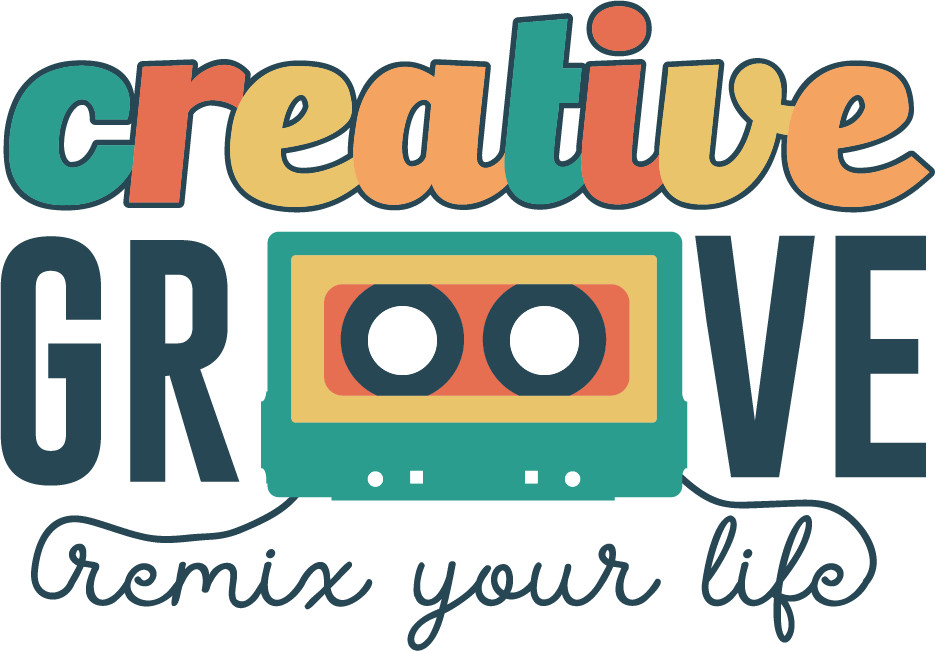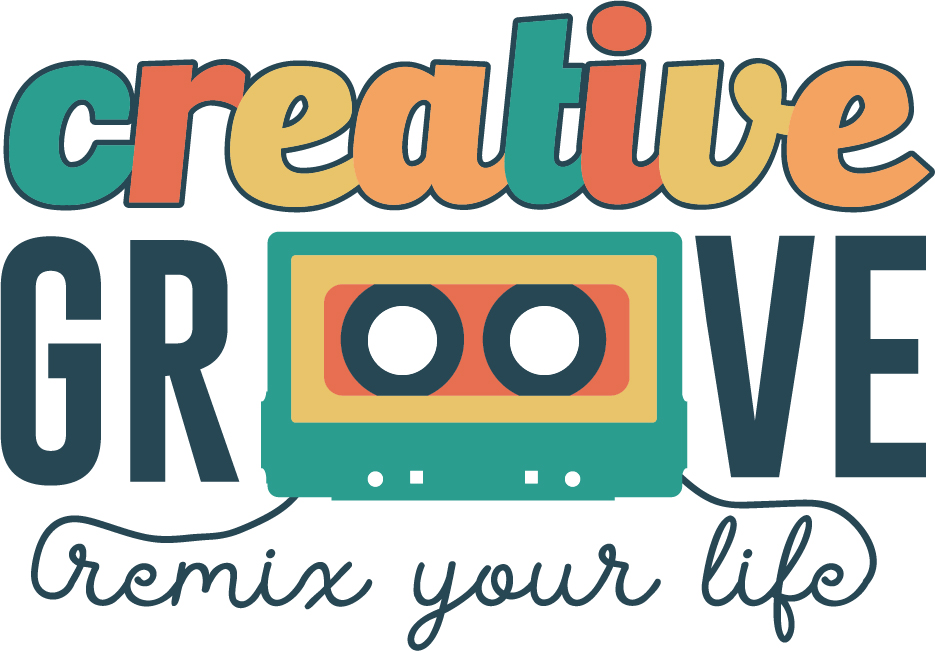
To borrow a page from RENT, it’s been 7,850,828 minutes since I first started my journey to become a Co-Active Coach. (In simpler terms, it’s been a 15-year process that began in 2008 and was bookended when I received my certification in May 2023!)
My path to becoming a professional coach has been less clear-cut than you might think. The obvious trajectory would be to begin training —> obtain certification —> get clients —> hang up shingle for my business.
But for me, it’s been a long and winding road paved with necessary self-discovery, overcoming impostor syndrome, and revisiting my professional identity before I was truly able to dive headfirst into the wide and wonderful world of coaching.
In the beginning, the notion to become a coach was somewhat of a happy accident. It was 2008 — several years into my work as a full-time freelance writer, editor, and creative. One of my clients at the time was an author and activist who had recently trained to become a Co-Active Coach. She was leading a series of workshops for teen girls based on her book, and my role was to help her further develop and promote them.
Since I would also be assisting her in delivering the programs, she wanted me to be fluent in the Co-Active model and sponsored me to take the introductory Fundamentals training for aspiring coaches.
I didn’t know what to expect when I walked into the Hilton Los Angeles North, but by the end of the weekend, I knew I wanted more. At the time, coaching was more under the mainstream radar, and it wasn’t anything I’d ever considered for myself professionally. But I fell in love with the idea of helping people unlock something in themselves and being a companion and catalyst for their goals and dreams.
And something was unlocked in me as well — I wrote in an email to the group at the time, “I can’t remember the last time I cried that many times in one weekend.”
So I promptly took out a student loan and signed up to take the remaining coursework to become a trained Co-Active coach (a total of 104 hours of training). Meeting in that Hilton conference room became the highlight of every month as I fell in love with the Co-Active model and the others who were also training to become coaches. (The room was filled with fascinating people — from a horse whisperer to a Broadway singer to someone we affectionately named a “Jedi.” And the Co-Active principle that we are all “naturally creative, resourceful, and whole” felt like coming home.)
Coaching seemed to be a natural fit in tandem with the other creative work I was doing. Yet after I completed my training in May 2009, my fledgling career as a coach took a backseat to my other projects.
I did take on a few one-on-one coaching clients for a modest fee, but my writing/editing work was already thriving — I had just written a middle-grade biography of Judy Blume, my travel blog was growing, and as a freelancer, I was contributing to lots of different publications and loving it. Since I wasn’t totally in my skin yet as a coach, it felt easier to stick with what I then considered my “zone of genius.”
Around that time, I also experienced what Julia Cameron would call a “creative U-turn,” sparked by one brief but highly impactful interaction. As an avowed scatterbrain, I was frantically looking for my car keys one day when someone said to me, “Why would you ever think you could coach someone else on their life when you can’t even keep your own life together?”
It was a passing comment but one that cut me to the core. One that planted a deep seed of imposter syndrome that would affect me for years to come. (I’ve since learned that I have ADHD, which explains a lot of those “lost keys” moments … and I’ve also learned that being an effective coach has nearly nothing to do with being a perfect human.)
But at the time, it seemed like just more proof that I was meant to stay the course as a writer and stay out of the coaching lane.
My freelance career continued to hurtle forward at top speed, and I also began teaching writing classes for organizations like MediaBistro and StoryStudio Chicago. Though I wasn’t utilizing my Co-Active training all that much (at least on the surface), I didn’t regret the investment a bit—I’d met many amazing friends and colleagues, and learned a lot about myself along the way. But over time, the prospect of actually becoming a coach felt further and further away.
After my family and I relocated from Los Angeles to Cleveland in late 2017, I continued freelancing and also began teaching a 12-week course I’d created around the Artist’s Way (another modality that had been highly influential for me over the years). In looking at the curriculum I’d developed, I realized that much of it was rooted in the Co-Active model and that it was actually (wait for it) a group coaching program.
With that realization, I started assisting for CTI courses again to dive back into the material, and eventually became a paid freelance technical host. My Artist’s Way program was also taking off with cohorts filling up each time. Coaching had once again become part of my world in a big way, but I wasn’t yet calling myself a coach. (That impostor syndrome ran deep!)
The idea of obtaining my certification started to dance quietly around in my head, but I kept hearing that voice asking, “Who are you to coach others?” Determined to squash that seed of self-doubt, I confided in numerous CTI leaders who helped me reframe it in a healthier way.
What I took away is that coaching is not about a power dynamic where one person is the all-knowing “teacher,” but rather a peer-to-peer dynamic. It is not the job of the coach to tell others how to live their life/conduct their work in the world, but rather to ask powerful questions to help them come to their own conclusions for effective transformation.
During this period of discernment, I also began to realize that my work in journalism wasn’t lighting me up the same way it once did. I was feeling so energized by the teaching and facilitation work I was doing through my business Creative Groove, and drained and depleted by the many deadlines and fast-paced grind of freelance work.
Perimenopause had brought my ADHD symptoms firmly to the forefront, and no longer could I juggle a million things and do them all well. It was time to simplify and adopt a singular focus, and I was ready to take a risk.
In 2022, I decided to go for it and become a CPCC (Certified Professional Co-Active Coach). I released all of my editorial clients and went all-in with Creative Groove, my small business that now offers 1:1 and group coaching programs, courses, creative mentoring, and community programming around creativity and self-expression.
I am absolutely relishing the work, and there are times when I ask, “Why didn’t I make this leap sooner?” But I wouldn’t trade the creative path that got me here for the world—and now I’m ready to help others forge their own.
If you’re looking to color outside the lines in your life and work, let’s talk!

